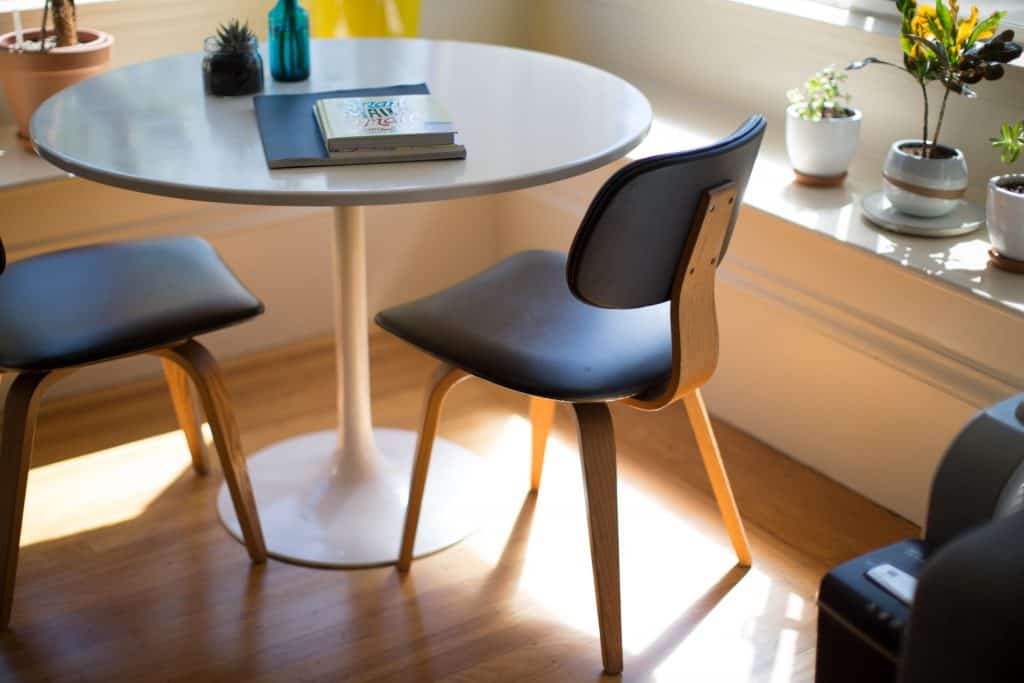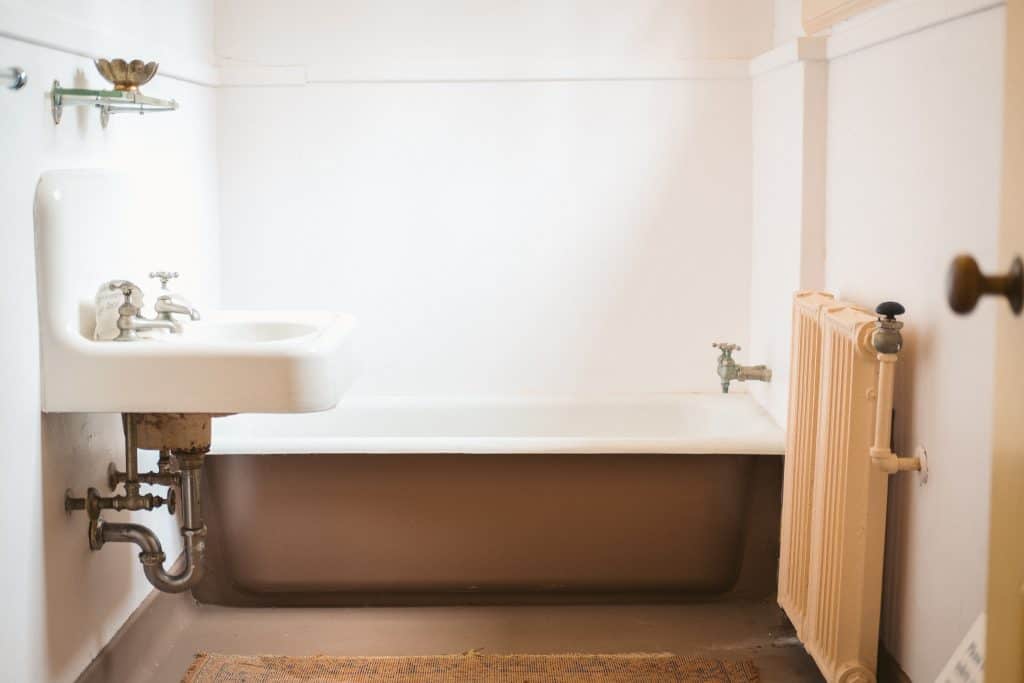Frequently Asked Questions
How to create the perfect work schedule?
Creating the perfect work schedule involves assessing your current routine, identifying your most productive times, and aligning tasks with your energy levels. Incorporate breaks and prioritize tasks to ensure a balanced and efficient day.
What is the perfect daily schedule for students?
The perfect daily schedule for students balances study time, classes, breaks, and extracurricular activities. Aim for focused study blocks of 25-50 minutes, interspersed with short breaks, and include time for restful activities to maintain overall well-being.
What is the best day routine?
The best day routine is one tailored to your individual goals and priorities, incorporating time for essential tasks, breaks, and self-care to enhance productivity and reduce stress.
How to make a perfect daily schedule?
Creating a perfect daily schedule involves assessing your current routine, identifying your priorities, and allocating specific time blocks for tasks that align with your goals. By merging ideal practices with your daily responsibilities, you can design a balanced and productive schedule.
What is an ideal daily schedule?
An ideal daily schedule is a personalized plan that allocates specific time blocks for tasks, activities, and breaks, designed to enhance productivity, align with individual goals, and reduce stress, ultimately fostering a balanced and organized lifestyle.
What is the perfect schedule for the day?
The perfect schedule for the day is a personalized plan that balances work, self-care, and personal goals, allowing for focused time blocks, breaks, and flexibility to adapt to changing priorities.
How can I optimize my work schedule?
Optimizing your work schedule involves assessing your current routine, prioritizing tasks based on importance and deadlines, and incorporating breaks. Design your day around peak productivity times, ensuring a balanced mix of work and rest for enhanced efficiency.
What factors define a perfect daily routine?
The factors that define a perfect daily routine include clear goals, balanced time allocation for work and relaxation, flexibility to accommodate unexpected events, and consistent review to align with personal and professional priorities.
How to balance work and personal tasks?
Balancing work and personal tasks requires effective time management and prioritization. Start by setting clear boundaries, scheduling dedicated time for each area, and using tools like to-do lists or calendars to organize tasks and stay focused.
What elements make a daily schedule effective?
The elements that make a daily schedule effective include clear time blocks, prioritization of tasks, breaks for rest, and flexibility to adapt to unexpected changes. These components enhance productivity while reducing stress and overwhelm.
How to adjust a daily routine for productivity?
Adjusting a daily routine for productivity involves identifying time-wasting activities and replacing them with focused work blocks, prioritizing tasks, and incorporating breaks. This strategy fosters efficiency, reduces overwhelm, and aligns your schedule with your goals.
What tips help create an ideal student schedule?
Tips for creating an ideal student schedule include assessing your current commitments, prioritizing tasks based on deadlines, allocating specific time blocks for study sessions, incorporating breaks, and regularly reviewing and adjusting your schedule for better productivity.
How can I prioritize tasks in my schedule?
Prioritizing tasks in your schedule involves assessing their urgency and importance. Start by listing tasks and categorizing them using a system like the Eisenhower Matrix, focusing on high-impact items to enhance your productivity effectively.
What are common mistakes in daily scheduling?
Common mistakes in daily scheduling include overloading the schedule without breaks, failing to prioritize tasks, underestimating time for activities, and not allowing for flexibility to accommodate unexpected events.
How to maintain consistency in my schedule?
Maintaining consistency in your schedule involves developing a routine, setting designated time blocks for tasks, and regularly reviewing your progress. Establishing accountability and being flexible when needed can also help you stay on track.
What tools assist in making a perfect schedule?
Tools that assist in making a perfect schedule include digital calendars (like Google Calendar), task management apps (such as Todoist), and time-blocking techniques. These resources help prioritize tasks, set reminders, and visualize your day for better organization and productivity.
How can a schedule reduce daily stress?
A well-planned schedule can significantly reduce daily stress by providing structure and clarity to your day. It helps prioritize tasks, ensures time for relaxation, and prevents last-minute rushes, creating a more manageable and balanced routine.
What does an ideal work-life balance schedule look like?
An ideal work-life balance schedule features a structured yet flexible plan that allocates time for work responsibilities, personal interests, and self-care activities. It ensures productivity while prioritizing well-being and maintaining fulfilling relationships.
How to analyze and improve my current schedule?
Analyzing and improving your current schedule involves reviewing how you currently allocate your time, identifying time-wasting activities, and prioritizing tasks that align with your goals. Adjust your schedule to eliminate distractions and create a more efficient routine.
What should be included in a perfect daily plan?
A perfect daily plan should include defined priorities, time blocks for focused work, breaks for rejuvenation, essential tasks, and time for personal development. Additionally, it’s beneficial to incorporate flexibility to adapt to unexpected changes.
How can I set achievable daily goals?
Setting achievable daily goals involves breaking tasks into smaller, manageable steps, prioritizing them, and aligning them with your overall objectives. Focus on specific, measurable outcomes and ensure they are realistic to enhance motivation and success.
What is the role of flexibility in scheduling?
The role of flexibility in scheduling is crucial for managing unexpected changes and priorities. It allows individuals to adapt their plans, reducing stress and enhancing productivity by making room for spontaneity and personal needs while keeping goals on track.
How to integrate breaks into a daily routine?
Integrating breaks into a daily routine is essential for maintaining productivity and reducing burnout. Schedule short breaks every 60-90 minutes to recharge, use timers to ensure you take them, and engage in activities like stretching or deep breathing during these pauses.
What are effective strategies for time management?
Effective strategies for time management include prioritizing tasks using the Eisenhower Matrix, setting specific goals, breaking projects into smaller steps, and utilizing tools like calendars or to-do lists to stay organized and focused.
How to create a morning routine for success?
Creating a morning routine for success involves establishing consistent habits that energize and focus you for the day ahead. Start by waking up at the same time, engaging in physical activity, practicing mindfulness, and prioritizing tasks to enhance productivity and clarity.
What are best practices for evening schedules?
The best practices for evening schedules include establishing a consistent bedtime routine, limiting screen time, and allocating time for relaxation and reflection to prepare for restful sleep and a productive next day.
How to use a planner for daily organization?
Using a planner for daily organization involves mapping out your tasks and commitments. Begin by listing priorities, scheduling specific time blocks for activities, and reviewing your progress regularly to stay on track and adjust as needed.
What criteria define an ideal daily schedule?
The criteria that define an ideal daily schedule include clarity of priorities, balanced time allocation for tasks, flexibility to adjust as needed, and alignment with personal goals and energy levels, all aimed at maximizing productivity and minimizing stress.
How can I streamline routine tasks daily?
Streamlining routine tasks daily involves assessing your current habits, automating repetitive duties where possible, and prioritizing essential activities. Establish a consistent schedule and utilize tools like checklists to enhance efficiency and focus.
What daily habits support an ideal lifestyle?
Daily habits that support an ideal lifestyle include prioritizing consistent sleep, engaging in regular physical activity, practicing mindfulness or meditation, maintaining a balanced diet, and setting aside time for personal reflection and goal-setting.



